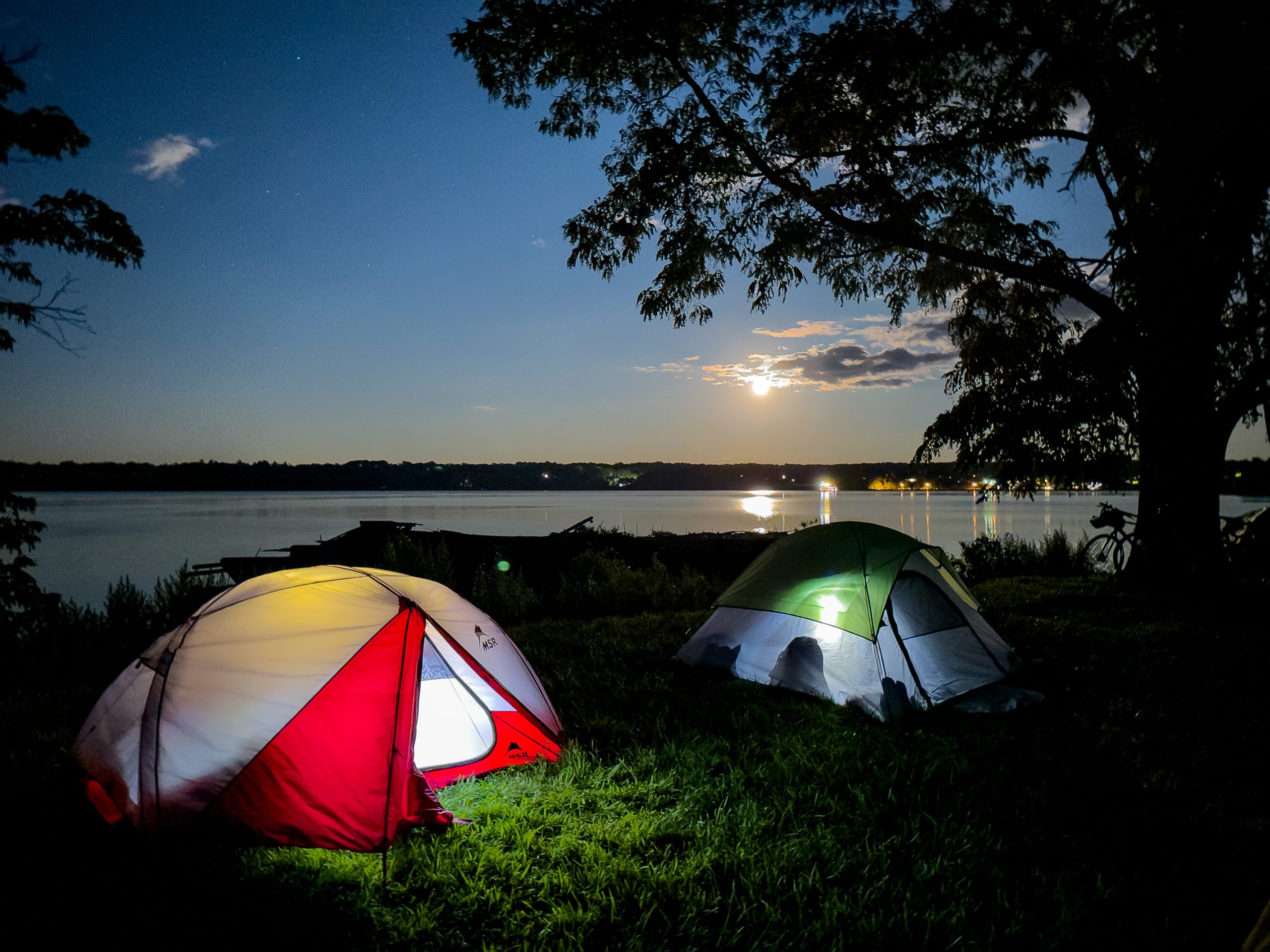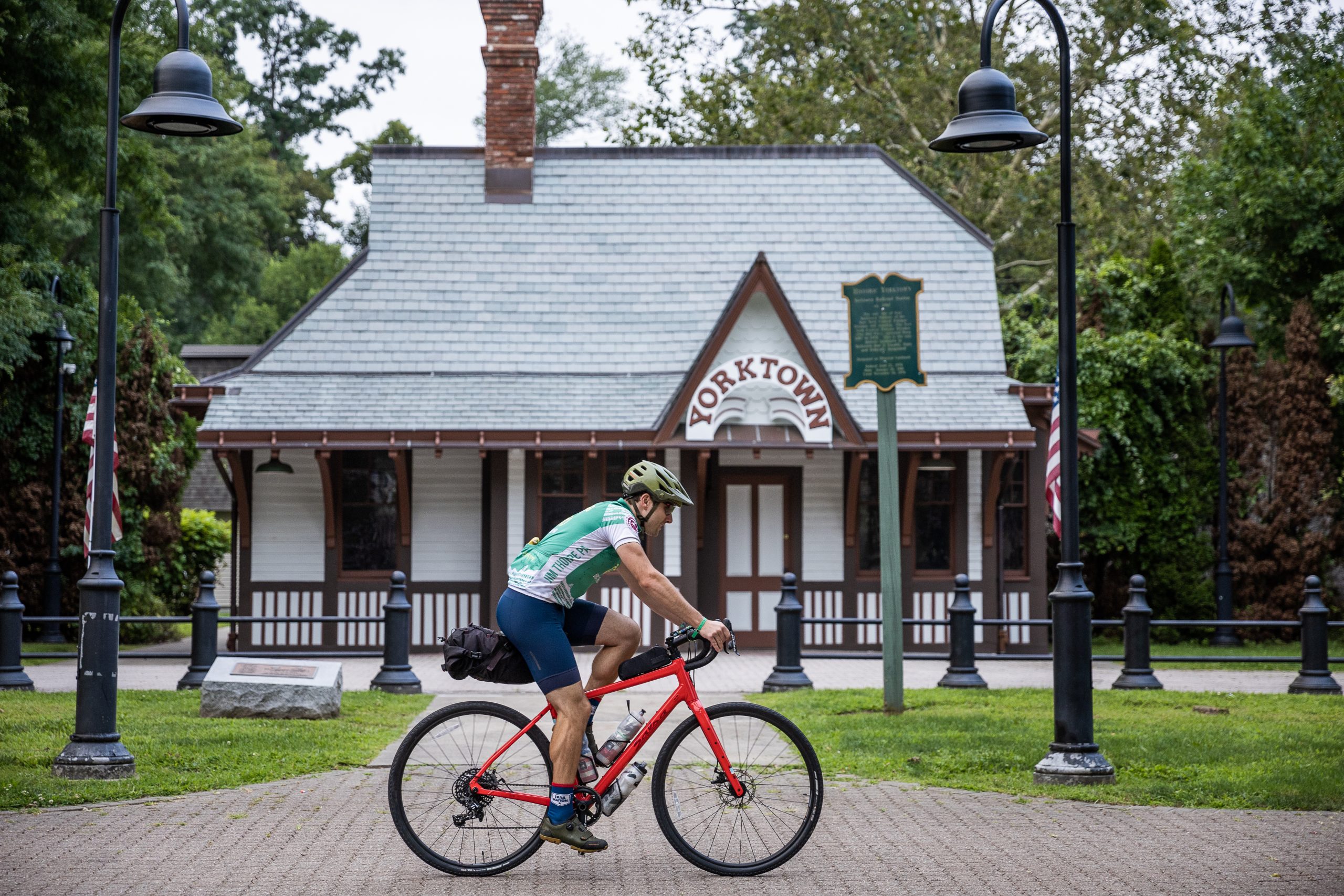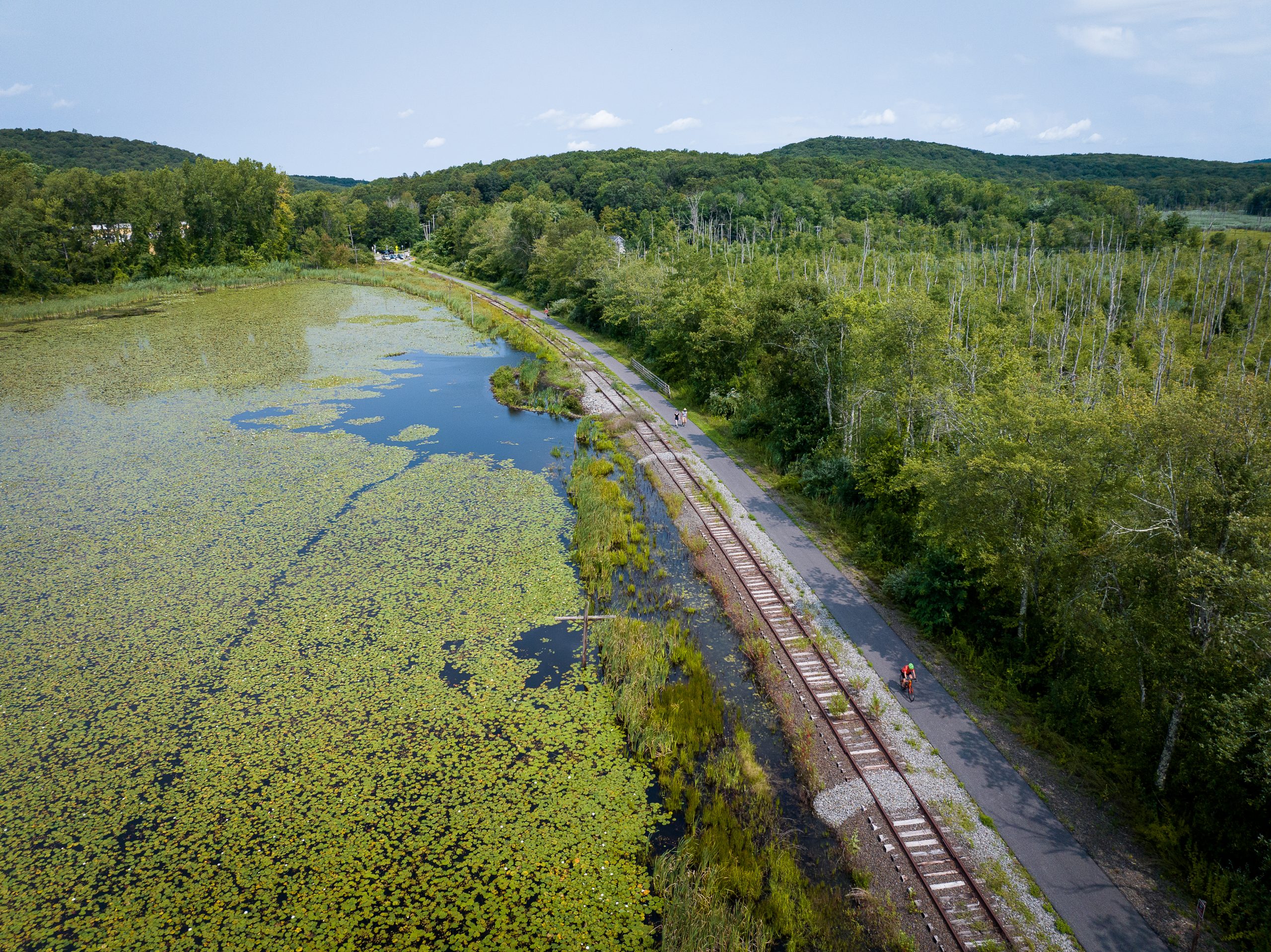The Ultimate Empire State Trail Adventure
Experience the ride of a lifetime with Cycle the Hudson Valley, a fully supported, multi-day bike tour through New York’s breathtaking Hudson River corridor. Follow the Empire State Trail from the Capital Region to New York City, pedaling past rolling farmland, charming river towns, historic landmarks, and world-class views. This unforgettable journey blends adventure, community, and the natural beauty of the Hudson Valley into one incredible journey.

August 3-8, 2026
Ready to explore? Registration for Cycle the Hudson Valley is now open.

JOIN OUR Informational webinar
We’ll answer all your questions about Cycle the Erie Canal & Cycle the Hudson Valley at our upcoming webinar on November 24 at 5pm.







